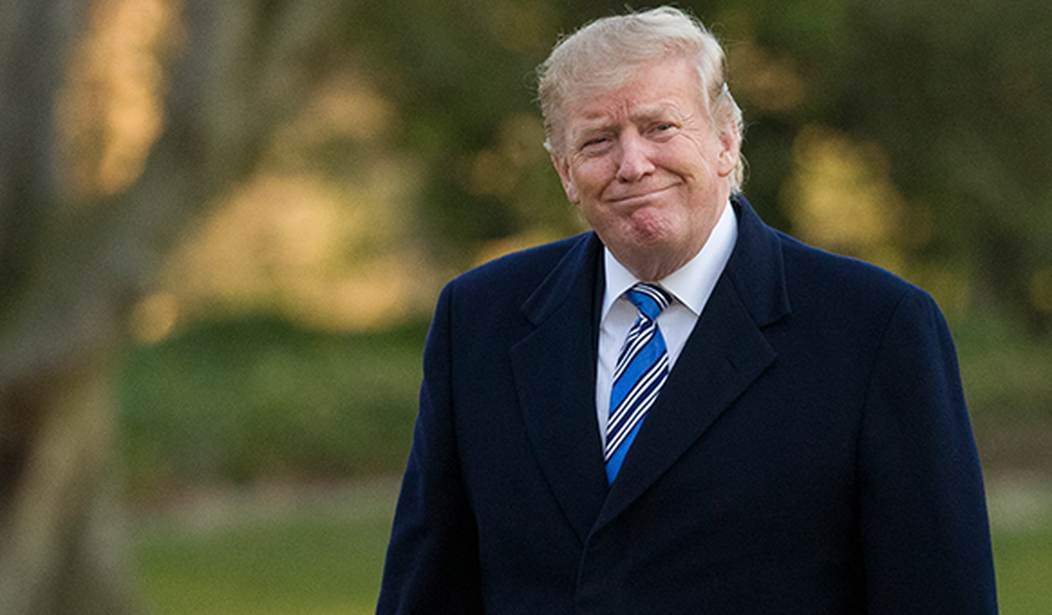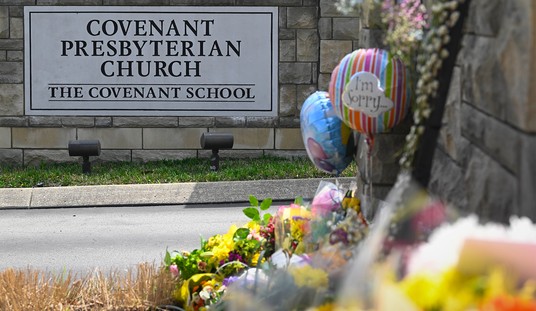Success in politics -- and in political predictions -- depends on the ability to distinguish between old rules of thumb that don't apply any more and old rules of thumb that do.
Take the old rule that an officeholder's chances of re-election depend on what James Carville in 1992 took to calling "the economy, stupid."
That used to be a real thing. The Great Depression took President Herbert Hoover down from 58 percent of the vote in 1928 to 40 percent in 1932. The return of economic growth enabled President Franklin Roosevelt to increase his 57 percent in 1932 to 61 percent in 1936, and then to win re-election twice in the shadow of world war in the 1940s.
Amid recession, President Ronald Reagan's job approval sunk to 41 percent in January 1983. Amid surging growth, it rose to 58 percent in October 1984. A month later, he won 59 percent of the popular vote and carried 49 states.
During President Donald Trump's time in office, the economy has improved sharply, with record-low unemployment and -- something not seen since Reagan's time or before -- with the biggest income gains for low earners. The public's rating of the economy has improved sharply as well.
But Trump's job approval has barely changed at all. After hitting a low of 37 percent in the RealClearPolitics average of public polls in December 2017, it has remained steady for more than a year, oscillating between 40 and 44 percent.
Analysts have attributed wobbles upward or downward to specific events. But given the inexactitude inevitable in polling, they may not represent any change at all. Trump's numbers remain slightly below the high 40s, the pre-election-year approval numbers of recent presidents who have won a second term. But their approval numbers were closely tied to perceptions of the economy. Trump's aren't.
Recommended
One reason old political rules stop working is that one generation of voters has different experiences from those of the generations before. Voters who remembered the Great Depression of the 1930s and World War II in the 1940s rewarded incumbent presidents who seemed to have produced prosperity and peace with landslide re-elections.
They were willing to cross party lines to express their gratitude for policies that seemed to prevent the horrors that were all too familiar. So incumbent presidents of both parties won between 57 and 61 percent of the popular vote in 1956, 1964, 1972 and 1984. Since 1988, only a shrinking sliver of voters remembers what Americans used to call "the depression" and "the war," and no president has won more than 53 percent.
Just as Trump has not been able to raise his job rating to the improving economy, so his political enemies have not been able to lower it significantly. Each new supposedly shocking personal revelation has failed to shock; each eagerly whispered allegation of criminal collusion has failed to disenchant.
It's apparent now that Trump's support -- the 21st-century Republican core minus a couple million white college grads, plus a couple million white non-grads -- is sticking with him pretty much regardless of events or outcomes. And that the coalition that makes up the 21st-century Democrats, with the reverse adjustments, is solidly arrayed against.
This is actually in line with old political rules, rules with origins far before the 1930s and 1940s. The Republican Party, from its formation in 1854, has been built around a core of people considered to be ordinary Americans but not by themselves a majority. The Democratic Party, from its formation in 1832, has been a coalition of those regarded as out-peoples, often at odds with one another but together often a majority.
Both parties' voters today are acting characteristically. The vast body of Republicans has no truck with the plaints of never-Trumpers. The Democrats are in turmoil, panicking at the possibility of having enemies on the left, to the point that House Democrats at first couldn't pass a resolution decrying the blatant anti-Semitism of one of their own.
So we see multiple presidential candidates racing to embrace programs with 8 to 20-some percent support in the general electorate -- racial reparations, ninth-month abortions, tearing down existing border walls, abolishing Immigration and Customs Enforcement.
We see eminences, hoarse from denouncing Donald Trump for violating longstanding norms, now advocating the abolishment of the Electoral College; packing the Supreme Court; enacting the 16-year-old vote and the Green New Deal, with its abolition of gas-powered automobiles and flatulent cattle.
Old rules of thumb, it seems, can yield to even older ones.
























Join the conversation as a VIP Member